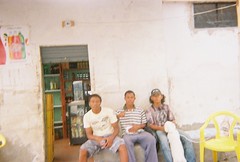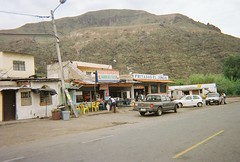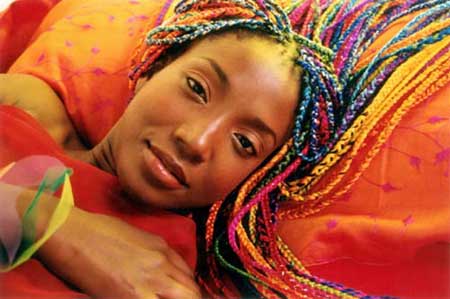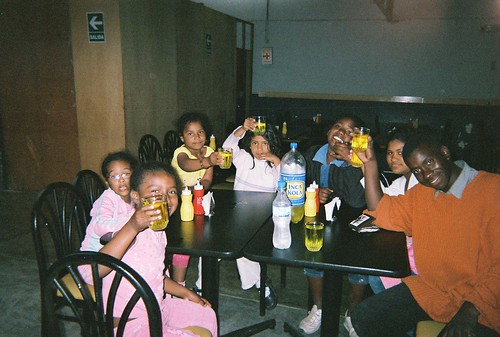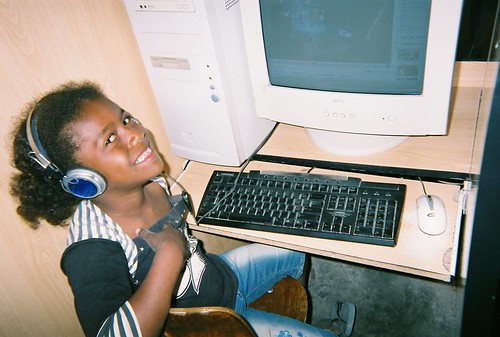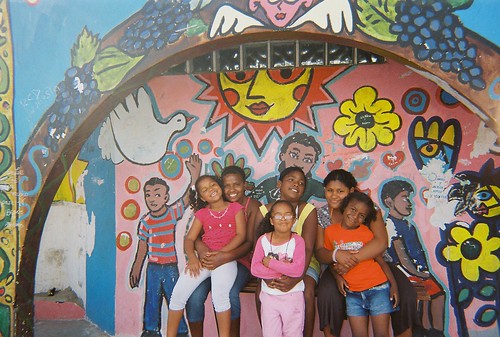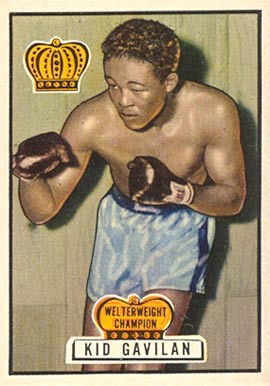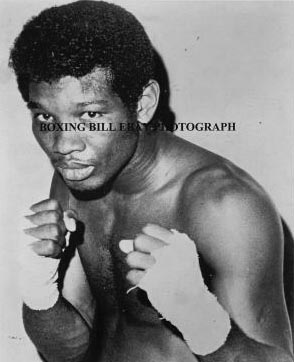For years, people have suggested and suspected that I just might be Cuban. Just because I rattled off some Spanish to some Spanish-speaking clients at a social service agency in Richmond CA, where I was working at the time, word spread rapidly among staff that I'm Cuban. Why? At a bus stop in a Spanish-speaking community in Oakland, CA, I casually struck up a Spanish-speaking conversation with a woman who was also waiting for a bus. Her immediate response to me was, ¡Ayyyyy, Cubano (ohhhh, you're Cuban)! Now, how did she figure? When I was on vacation in Southern Perú, I thought because I was in a heavily populated black area that I just might fit right in. No. As soon as my back was turned, I overheard someone ask about me, de dónde es, Cuba . (where is he from, Cuba)?. Now, what does Cuba have to do with me? Well, I actually had the opportunity to visit Cuba to find out.

While growing up in New York, I was influenced by my Puerto Rican neighbors to learn Spanish and love salsa music.
I must admit, I did feel at home. There was something about the energy of the Cuban people that made me feel like a long, lost member of the community who finally came home. Words cannot express how uplifted I felt to just walk about town hearing son-montuno music, charanga music, timba music and danzon music blaring from homes and businesses. One day, a group of us were strolling through Central Havana when we heard this loud salsa song coming out of a restaurant. I couldn't take it anymore. I literally reached out and grabbed a woman, and we danced right there in public. Of more than 150 cities and towns in 16 countries that I've visited in my life, Havana is the only place from which I returned feeling homesick; I mean very homesick!

I was born in St. Louis, MO, and lived in a closely knit African-American community called “The Ville.”
Does this make me Cuban? Well, total strangers in Havana assumed I was one until I opened my mouth (LOL)! They couldn't tell by my Spanish where I was from. What was clearly evident to them the moment I spoke----I am NOT Cuban! I can't even fake a Cuban accent. At a popular Havana night spot, I was so flattered when a lovely woman asked my date if she could cut in to dance with me. I took her into my arms and busted one of my favorite salsa moves. She was NOT impressed. She blurted out in astonishment, ¡tu bailas como extranjero/you dance like a foreigner!), and motioned for me to go sit down--go back my woman. I guess she thought I was Cuban too :::::::chuckle:::::::.

Even Cuban people thought I was Cuban until I opened my mouth!
The Cubans have a name for people like me. It's called “Yuma,” a slang word for an American, and rightfully so. I was born in St. Louis, MO and lived in what I remember was a closely knit African-American community called “The Ville” before moving to New York City. It was in New York, where I developed a love for classical music and jazz. But I developed and even greater love for salsa and became a salsero por vida (a salsa music lover for life).. The Spanish that I learned was influenced by my Puerto Rican neighbors, or should I say my New-Yorican neighbors (Puerto Rican born and/or raised in New York). Even a friend from the Island of Puerto Rico, told me that my Spanish has a New-Yorican accent. When I was in Perú and Ecuador, comments were made about my Spanish sounding Caribbean.
So, I have to ask----when was I ever Cuban? Could it have been in another life? I tend to think that just might be the case.

While growing up in New York, I was influenced by my Puerto Rican neighbors to learn Spanish and love salsa music.
I must admit, I did feel at home. There was something about the energy of the Cuban people that made me feel like a long, lost member of the community who finally came home. Words cannot express how uplifted I felt to just walk about town hearing son-montuno music, charanga music, timba music and danzon music blaring from homes and businesses. One day, a group of us were strolling through Central Havana when we heard this loud salsa song coming out of a restaurant. I couldn't take it anymore. I literally reached out and grabbed a woman, and we danced right there in public. Of more than 150 cities and towns in 16 countries that I've visited in my life, Havana is the only place from which I returned feeling homesick; I mean very homesick!

I was born in St. Louis, MO, and lived in a closely knit African-American community called “The Ville.”
Does this make me Cuban? Well, total strangers in Havana assumed I was one until I opened my mouth (LOL)! They couldn't tell by my Spanish where I was from. What was clearly evident to them the moment I spoke----I am NOT Cuban! I can't even fake a Cuban accent. At a popular Havana night spot, I was so flattered when a lovely woman asked my date if she could cut in to dance with me. I took her into my arms and busted one of my favorite salsa moves. She was NOT impressed. She blurted out in astonishment, ¡tu bailas como extranjero/you dance like a foreigner!), and motioned for me to go sit down--go back my woman. I guess she thought I was Cuban too :::::::chuckle:::::::.

Even Cuban people thought I was Cuban until I opened my mouth!
The Cubans have a name for people like me. It's called “Yuma,” a slang word for an American, and rightfully so. I was born in St. Louis, MO and lived in what I remember was a closely knit African-American community called “The Ville” before moving to New York City. It was in New York, where I developed a love for classical music and jazz. But I developed and even greater love for salsa and became a salsero por vida (a salsa music lover for life).. The Spanish that I learned was influenced by my Puerto Rican neighbors, or should I say my New-Yorican neighbors (Puerto Rican born and/or raised in New York). Even a friend from the Island of Puerto Rico, told me that my Spanish has a New-Yorican accent. When I was in Perú and Ecuador, comments were made about my Spanish sounding Caribbean.
So, I have to ask----when was I ever Cuban? Could it have been in another life? I tend to think that just might be the case.


